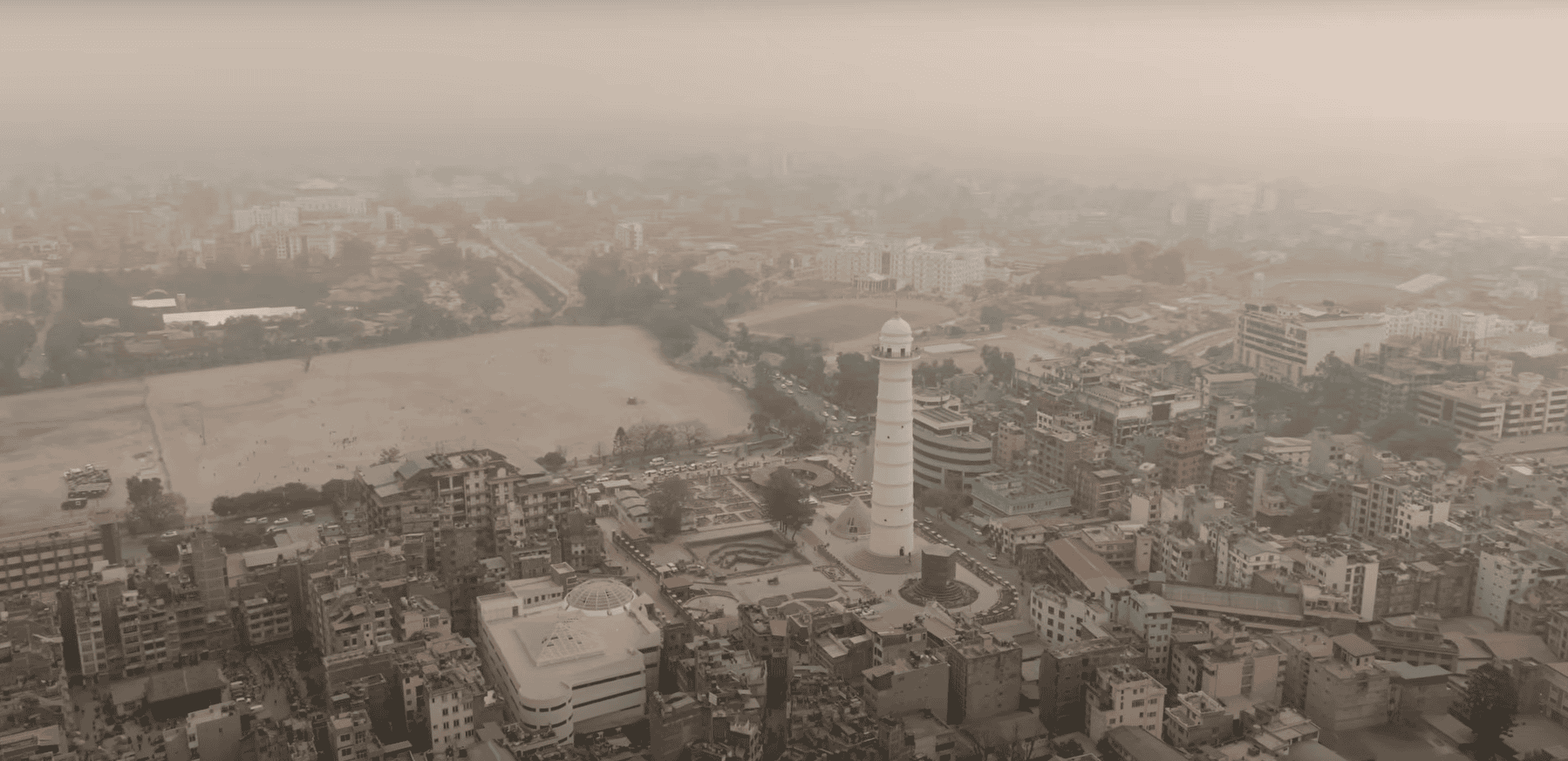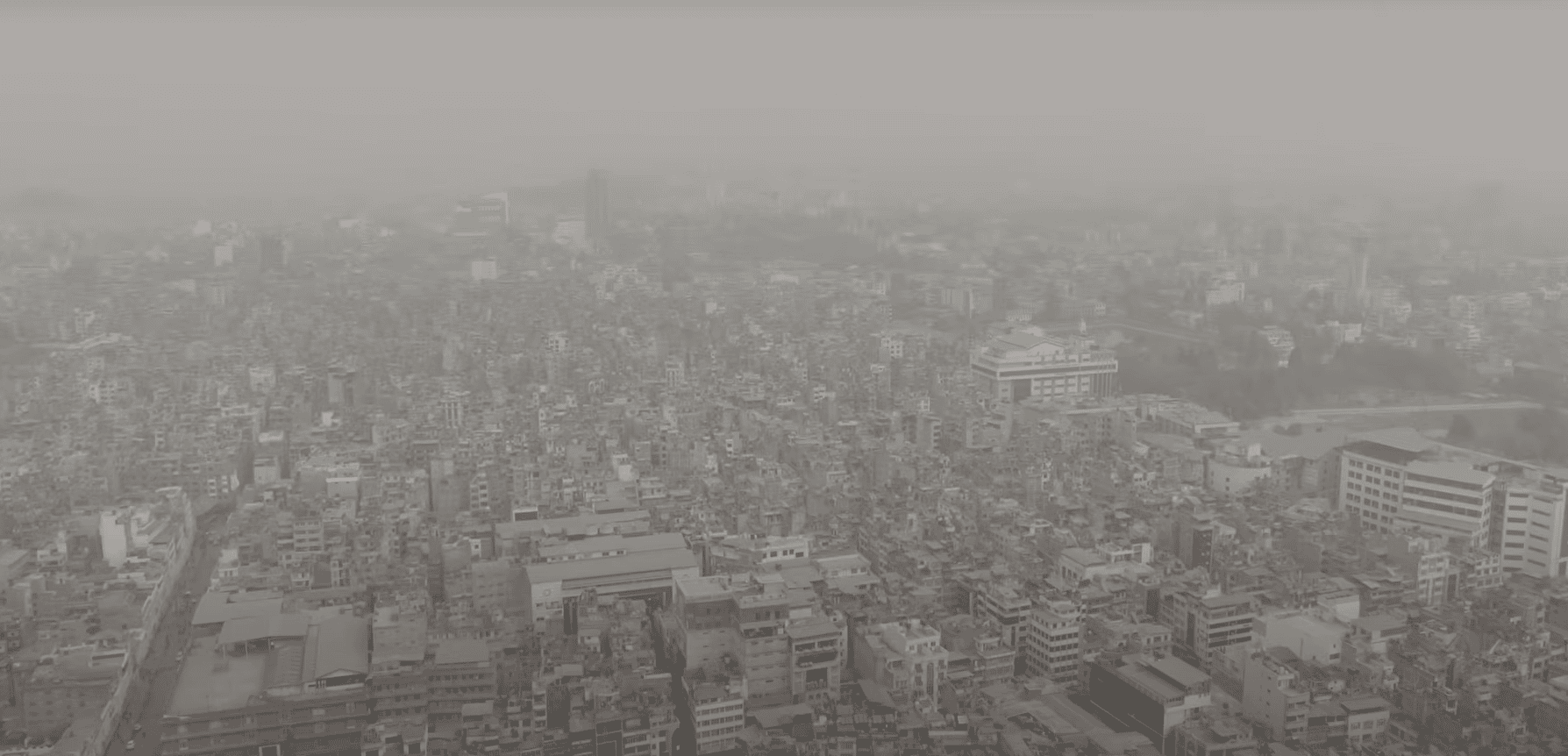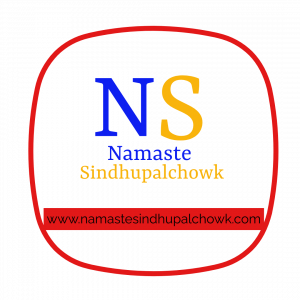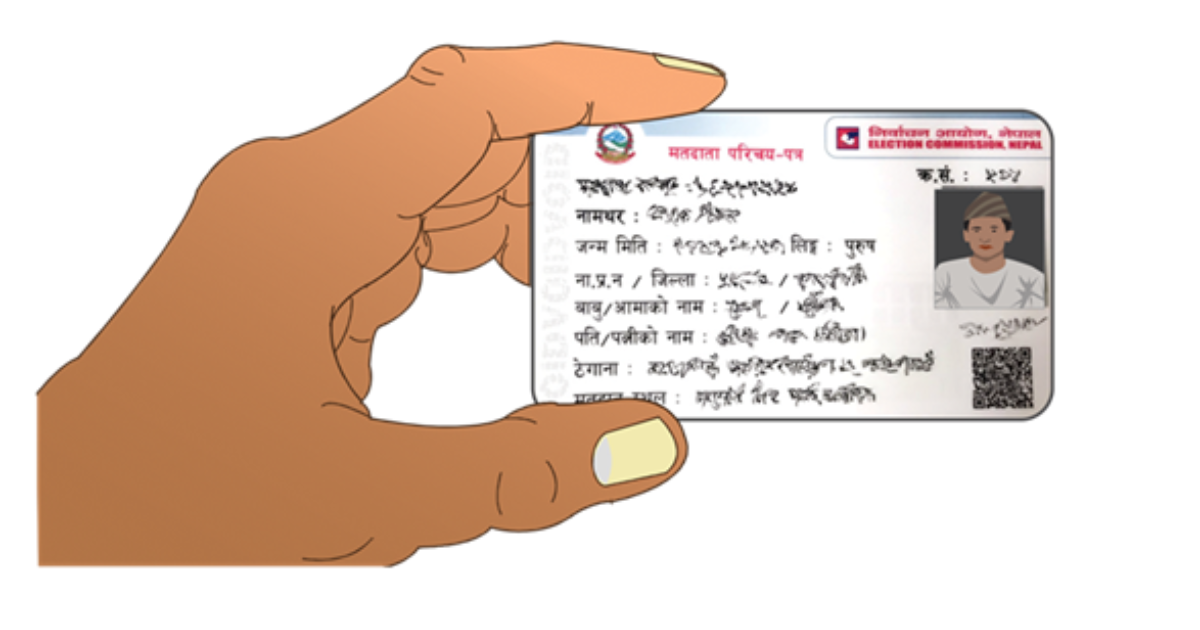Kathmandu, the capital of Nepal, is facing a pollution crisis. Recently, the Kathmandu air quality has dropped to dangerous levels, disrupting flights, affecting health, and raising concerns among both citizens and tourists. The worsening pollution is not just a health issue anymore—it’s becoming a national emergency.
Kathmandu’s Air Quality Impacted Travel
Kathmandu’s Bhaisipati area recorded an Air Quality Index (AQI) of 333—classified as hazardous. This level of pollution seriously affected visibility, reducing it to just 1600 meters. As a result, Tribhuvan International Airport had to divert at least six international flights. Airlines like Jazeera Airways, Air India, and FlyDubai were unable to land safely and had to reroute to cities like Banaras (India) and Bhairahawa (Nepal).
Even though visibility later improved to 3000 meters, the thick haze remained a major obstacle. Flights were delayed, and the situation highlighted how pollution can cripple travel and tourism in a matter of hours. The situation showed how air pollution can affect health, travel, and tourism.

Health Crisis from PM2.5 Pollution
The main pollutant in the air is PM2.5, tiny particles that are harmful to our health. These particles are small enough to enter the lungs and even the bloodstream. In Kathmandu, the PM2.5 level was recorded at 209.8 micrograms per cubic meter, which is extremely high and unsafe. According to the World Health Organization (WHO), this level is nearly five times higher than what is considered safe.
Because of the bad air, people are getting sick. Many suffer from burning eyes, sore throats, coughing, and breathing problems. Children, elderly people, pregnant women, and those with health issues are at higher risk. Nepal’s Ministry of Health and Population has advised people to:
- Stay indoors as much as possible
- Wear masks when going out
- Avoid outdoor gatherings
What's causing the Air Pollution in Kathmandu?
Experts say that air pollution in Kathmandu is caused by several factors:
- Forest fires: Worsened by dry weather and lack of rainfall, fires produce thick smoke that stays trapped in the Kathmandu Valley.
- Dust from road construction: Ongoing development work releases a huge amount of dust.
- Industrial smoke: Factories are still operating without proper pollution control.
- Old vehicles: Outdated vehicles emit high levels of smoke and toxins.
The National Disaster Risk Reduction and Management Authority has asked everyone to help reduce pollution. They suggest better waste management, reducing dust during construction, and controlling forest fires. They have also asked industries and local offices to take serious action.

Tourism Hit by Haze in Nepal: Calls for Action on Pollution
Tourism has also been affected. This is usually the best time of year for tourists to visit Nepal for mountain views and trekking. But now the sky is covered with haze, and many visitors are canceling or delaying their trips.
Citizens are also speaking out. Many say they cannot breathe properly and are facing health problems daily. Some people are asking the government to ban very old vehicles and control construction activities. Others believe we all have a role to play. Planting trees, stopping forest fires, using fewer vehicles, and keeping our surroundings clean can help.
In short, Kathmandu is facing a big air pollution crisis. It is harming people’s health, affecting travel and damaging tourism. The government and the public need to work together to fight this problem before it gets even worse.






